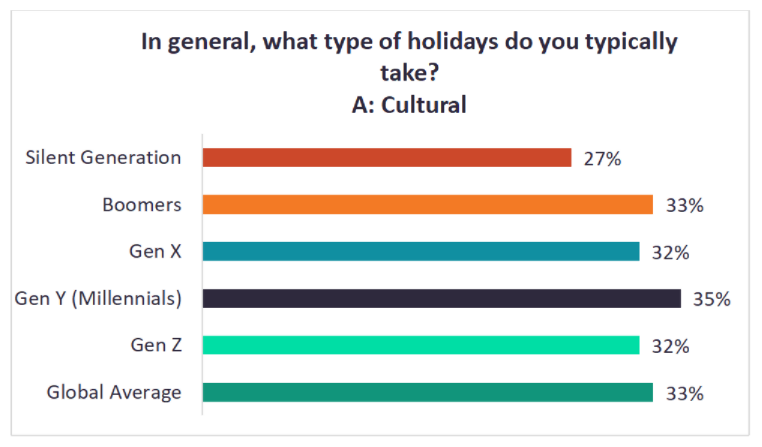In today’s media rich society, dark tourism has garnered increasing interest owing to TV, film and social media. However, dark tourism attractions must endeavour to balance educational value and memorialisation with authenticity and commodification.
TV and film play an important role in bringing attention to dark tourism
Dark tourism, which involves visitation to sites associated with death, humanitarian crisis and disasters is becoming a pervasive feature of modern society and within touristic itineraries. Examples include the Killing Fields of Cambodia and the site of Ground Zero in New York, US. Media, including TV and film have contributed the increasing interest of dark tourism sites. For instance, Netflix produced a documentary series entitled ‘Dark Tourist’, which follows a journalist on a journey to discover sites related to dark tourism across the globe. Meanwhile, HBO’s miniseries ‘Chernobyl’ has given mainstream attention to the site of the 1986 Ukrainian nuclear disaster.
Dark tourism can be seen as a niche segment of cultural tourism. At the experience level, dark tourism provides unique cultural moments through visits to sites, monuments and museums which document real or fictional deaths and catastrophes. According to a GlobalData Consumer Survey*, 33% of global respondents typically take a cultural holiday. The popularity of cultural holidays is generally aligned across generations, with cultural holidays being the most popular among Millennial respondents (35%).

The dark side of dark tourism
See Also:
Coinciding with the increasing popularity of dark tourist sites, stakeholders are presented with dilemmas concerning the ethics of dark tourism and the legitimacy of its educational value. Dark tourism can appear sinister, with some labelling it as ‘macabre voyeurism’. As dark tourism destinations become more attractive to travelers, some tourists insist on taking selfies and posing at sites of disasters. One example includes tourists posing happily on the railway tracks at Birkenau-Auschwitz, which preserves the site where more than 1.1 million Jewish men, women and children were killed during the Holocaust.
How well do you really know your competitors?
Access the most comprehensive Company Profiles on the market, powered by GlobalData. Save hours of research. Gain competitive edge.

Thank you!
Your download email will arrive shortly
Not ready to buy yet? Download a free sample
We are confident about the unique quality of our Company Profiles. However, we want you to make the most beneficial decision for your business, so we offer a free sample that you can download by submitting the below form
By GlobalDataFurthermore, commodification is another undeniable consequence of the increasing demand of such attractions. The profiteering of the tragic events of 9/11 can be found in the gift shop, where some family members have reportedly balked at the museum’s commercial aspects. Examples include, N.Y.P.D. and F.D.N.Y. t-shirts being sold alongside mugs and keychains. Consequently, dark tourism has developed a reputation for lack of respect, devaluing the meaning behind destinations and sites of commemoration being reduced to entries on a bucket list.
Responsible dark tourism has educational value and potential community benefits
At its best dark tourism offer a site of commemoration, are thought-provoking and have an educational value. For instance, the 9/11 Ground Zero Museum Workshop hosts student and educational tours on a regular basis. As such, authorities of these attractions are presented with a dilemma to provide authentic experiences, which do not trivialize the event being memorialized, while also being engaging and financially viable. While perceptions of dark tourism are subjective, steps can be taken to ensure that dark tourism attractions are responsible. The money that dark tourism brings might be directed to cultural programs, the local community, preservation and education. Furthermore, stakeholders, such as locals, survivors and victims’ families should be consulted in the construction and operation of such sites.







Related Company Profiles
HBO & Co.
Netflix Inc